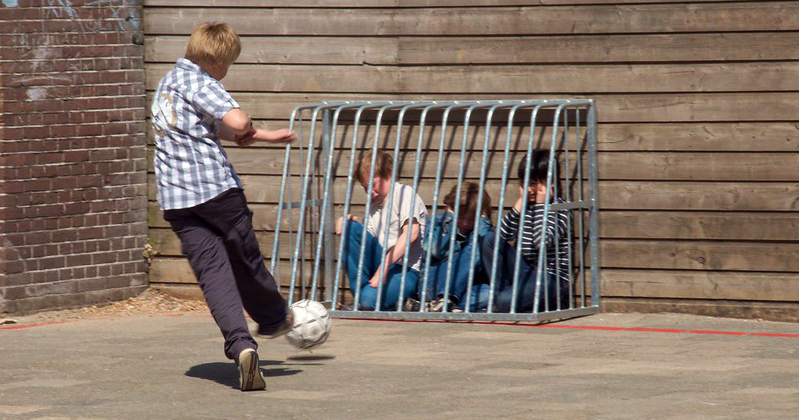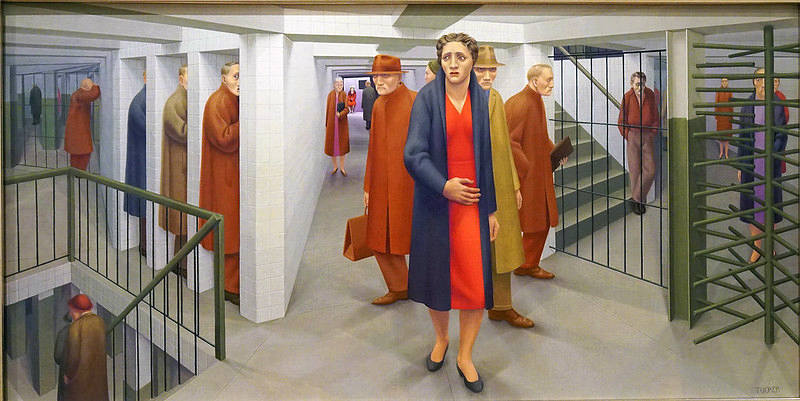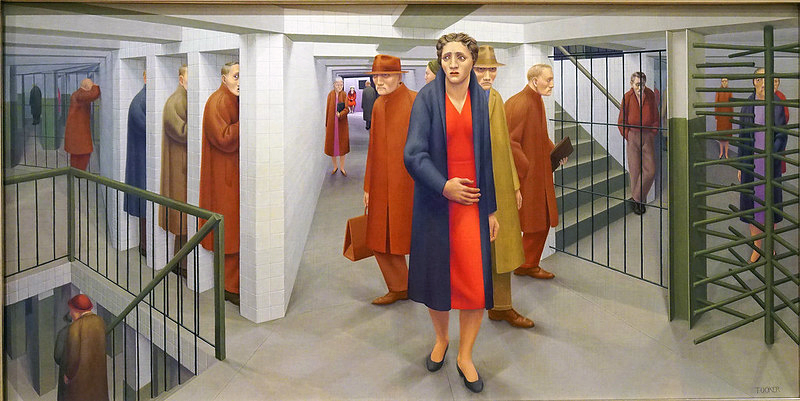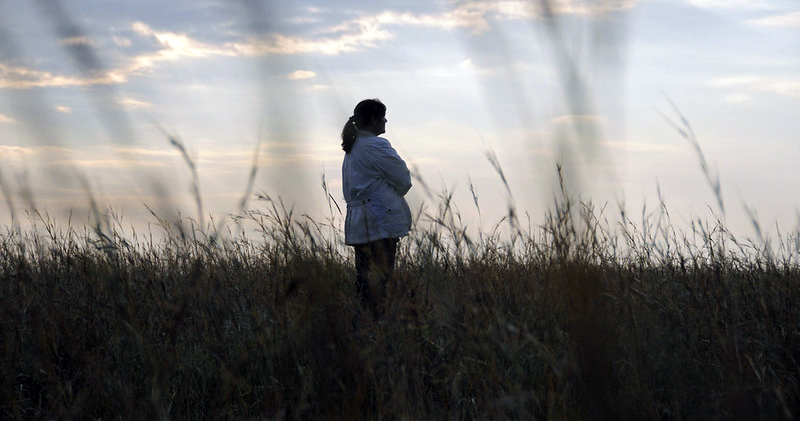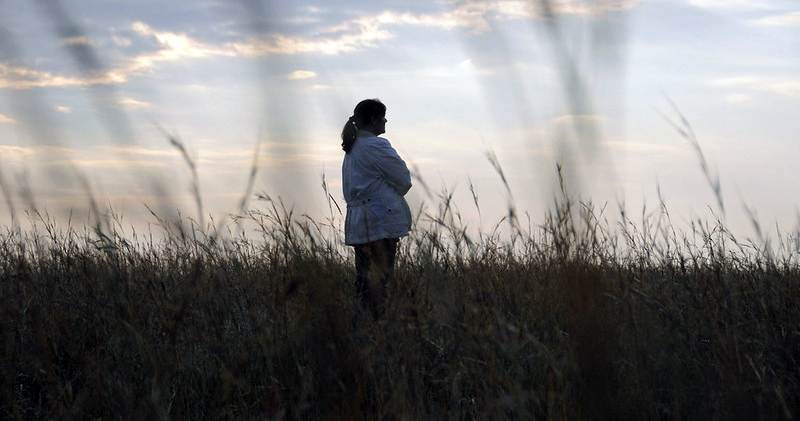Bullying and virtual reality
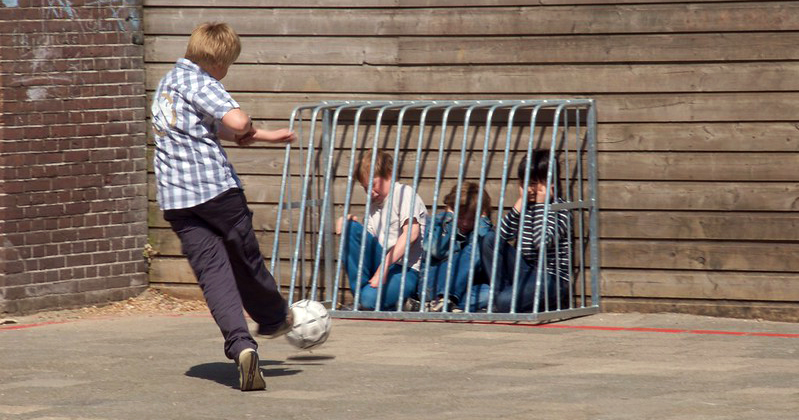
As Morán Sánchez (2006) points out, it is very difficult to detect how a harassment process begins. A small lie, a slight lack of respect, or an attempt at manipulation are sometimes such daily acts that they are even considered normal (Hirigoyen, 1999; Morán Sánchez, 2006). However, these types of behaviors can get worse, especially in the school context. This phenomenon considered on many occasions as a circumstantial issue typical of the immaturity of children and adolescents is, today, an alarming issue both due to its high incidence and the alteration it causes in the person who suffers from it (Morán Sánchez, 2006).
Bullying is a concept that is used to refer to those aggressive and intentional behaviors that are constantly practiced among schoolchildren. Although it may occur in other areas, the most common place where we find cases of bullying is at school (remember the concept of mobbing associated with the workplace). This harassing behavior can vary between more direct manifestations such as physical or verbal aggression (insults, threats, coercion, humiliation, nicknames …), to other more indirect forms in the form of social exclusion (defamatory rumors, contempt …) (Cerezo, 1997 ; Morán Sánchez, 2006; Ma Jesús Irrutia, Victor Arias, 2009).
Although the application of supportive therapies using Virtual Reality for the treatment of bullying cases is still a very novel fact, its effectiveness has already been proven in certain pioneering investigations in this field (Carmona et al, 2011; Langer et al, 2016 ; Quero et al., 2017; Seinfeld et al., 2018). In these studies we can see how immersive therapy through Virtual Reality is a very helpful tool both to carry out the evaluation process and the victim’s intervention. This new therapeutic format allows us to bring the victim closer to the threatening environment with the possibility of controlling the variables that occur in the situation of harassment and influence its maintenance.
In this way, Psious offers the healthcare professional, through this new school environment, a useful tool to conduct evaluation and intervention sessions in relation to cases of bullying.
